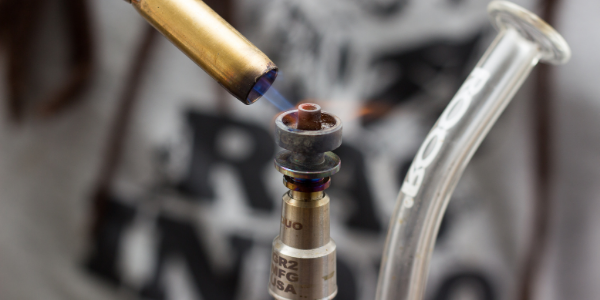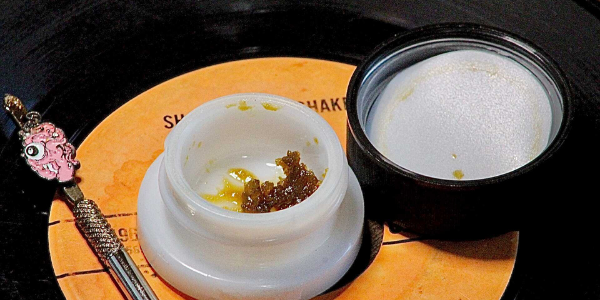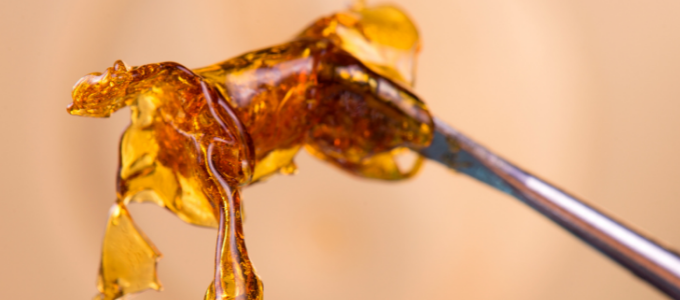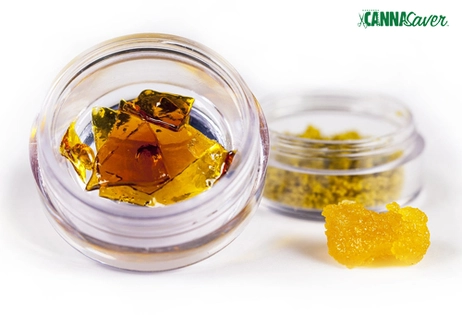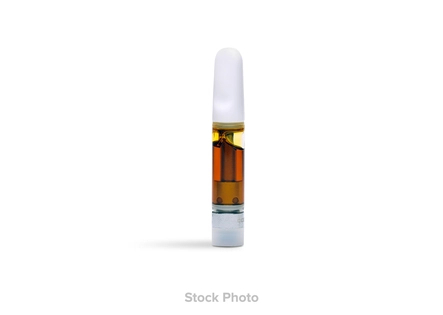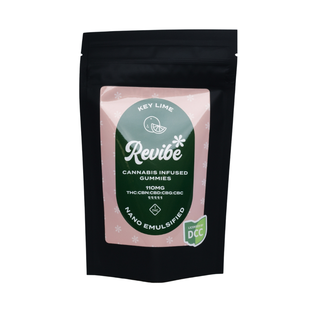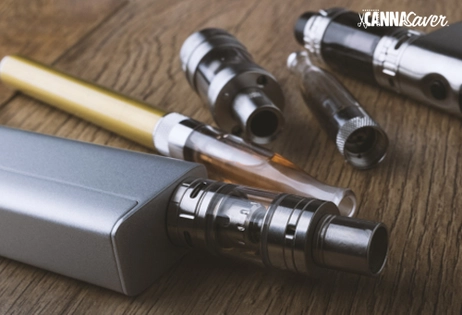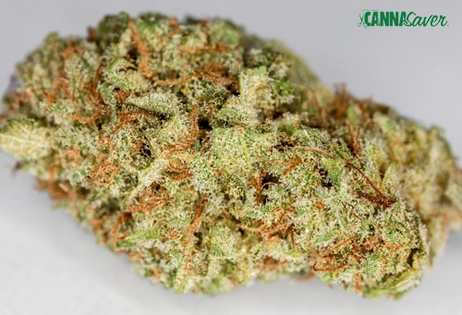
With every innovation in cannabis, consumers have to learn the lingo. Sugar wax is yet another term to add to the marijuana dictionary, and having a definition is a much different thing than having experienced it. That’s why we not only cover what makes the wax different from other cannabis concentrates, but also the different - and equally awesome - ways you can smoke sugar wax. So how do you smoke sugar wax?
We'll teach you all there is to know.

What is Sugar Wax?
For every unique texture, refinement process, or technique to extract, there is a name for it. For casual or bargain cannabis consumers that are searching out the THC molecule, these distinctions do not offer much, yet for the engaged connoisseur, it can be the difference that builds brands.
Sugar wax is no exception.
Sugar wax has a lower viscosity than other forms of wax and offers a robust aroma and flavor. The crystalline texture helps preserve the terpenes of the strain or strains the wax is extracted from, as does the agitation process during extraction. We will get into that later.
Sugar Wax Color
Sugar Wax describes a texture and a method of refining extracted THC and other cannabinoids from the cannabis plant.
Sugar wax can range in color - though is often amber to off-white yellow.
Sugar Wax Texture
Have you ever had a really, really old bottle of honey? The viscous honey overtime has the moisture content removed and turns into wet-looking crystalline granules.
In many cases, sugar wax is similar - wet-looking sugar-like crystals.
How is Marijuana Sugar Wax Made?
It’s unsurprising, really. The fact that more varieties of cannabis concentrate continue to hop into the consumer view makes sense. Cannabis concentrates are a great way for consumers to achieve desired effects with less and for producers to maximize the value of every crop.
Sugar wax is heat purged and vacuumed during the refinement process. This allows the product to gain the crystalline structure needed to become good and ‘sugary’. By encouraging nucleation, or the creation of crystal from a solution via heat and oxygen removal, producers are left with a beautiful cannabis concentrate full of the desired effect and with terpenes preserved.
For more information on how cannabis concentrates are made, check out this guide for dummies (not that you’re a dummy by any means).
How is Sugar Wax Different From Other Marijuana Concentrates?
The vacuum and heat purge method used to create sugar wax most closely resembles how shatter, another cannabis concentrate, is made. The main difference is contained within the process of agitation.
Agitation is the part of the extraction process wherein the cannabinoids and terpenes are stripped from the plant to create a concentrated version.
Sugar wax uses substantial agitation throughout the extraction process, in combination with dialed-down temperature and lowered condensation when compared with other concentrates (thus the vacuum purge). This allows THC or CBD crystallization to happen more readily while keeping the terpene profile intact.
RELEVANT DEALS:
-
Recreational wax deals
The Two Best Ways to Smoke Cannabis Sugar Wax
Sugar wax is like all other cannabis concentrates in that they can be smoked, vaporized, or included in edibles.
The difference in textures and consistency make some concentrates better than others for certain types of consumption methods. To truly grasp an appreciation of marijuana sugar wax, where flavor and aroma are maximized, the following two methods have been tested (personally) to great success.
Dab Your Sugar
Dabbing is the standard when it comes to most concentrates. Smoking or, more accurately, vaporizing cannabis sugar wax via dabbing is one of the best ways to ensure the flavors and effects are fully appreciable.
Why do you ask?
Dabbing can be done using various types of apparatus and with numerous accessories. For instance, this writer chooses a rig - the most common consumption tool for dabbing - with an e-nail. E-nails allow dabbers to choose and maintain a temperature they dab at, while the rig itself allows the act of dabbing to occur.
These work in tandem for a single reason: the melting points of terpenes and cannabinoids present in the wax you are smoking. Yes, the “chemistry in high school” melting points.
The melting point determines the dab flavor and can affect the effects (yes - I wrote that bit to make you reread it.)
Given the robust presence of terpenes found in sugar wax, dabbing it with an accessory like an e-nail makes for a consistent dabbing experience. Be careful though, the experience may be too glowing for your high eyeballs to want to look at.
ALWAYS take it slow with cannabis concentrates.
PRO TIP: Keep your e-nail somewhere between 500 and 750 degrees Fahrenheit for optimal use. Keep this scale in mind:
-
Lower temp: better flavor, higher potential for waste
-
Higher temp = bigger dabs, still excellent flavor, less potential for waste
Infuse Your Flower
It could be an experienced take, but I can’t see a reason to not pump up the volume on any flower I’m consuming. That means adding wax and other cannabis concentrates to the fresh flower.
PRO TIP: Get concentrates and strains that align or complement.
It’s not that this is a new idea. We just find it reliably produces a better flavor than even smoking weed through fruit. People have always added hash or kief or both (aka Moonrocks) to products - though it has become a lot more commercially available as of late.
There is a question that arises, however. And particularly in an environment where a buyer can get a 1/8th of weed and a gram of sugar wax (or other concentrates) for $30 or so dollars (in Colorado [Nov. 2020] low end and $100+ on the higher end.)
Some more experienced consumers may find the stellar in-house or branded infused joints and moonrocks to be just fine, but personally, I like to turn the dial myself.
That is where infusing your own joint comes into play - and why it is such an awesome way to appreciate the robust and somewhat granular aspects of sugar wax within some of your favorite flower.
Other Ways to Use Sugar Wax
Sugar wax can additionally be added to edibles, though it has to go through the process of decarboxylation first. You can click on that link of the term for more info. Once activated via decarboxylation, it can basically be added to anything.
Did we just change how you use sugar wax? Let us know.
Continue Reading



